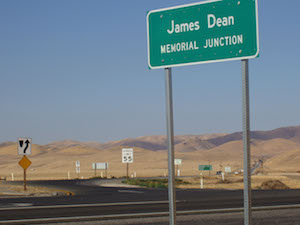
Maybe Comcast and Charter will get a junction named after them too.
Charter Communication’s bid to buy two rival cable companies, Time Warner and Bright House, appears headed down the same rhetorical highway that led to the death of Comcast’s similar attempt earlier this year. At least in California.
Three formal protests were filed against Charter’s request for approval of the deal from the California Public Utilities Commission, by the CPUC’s own office of ratepayer advocates (ORA) and various advocacy organisations. As is to be expected at this early stage of the process, none of the protests were particularly specific and mostly focused on making the case that the CPUC can review the broad public interest implications of the deal, including its effect on the market for broadband services in California. In many ways, the arguments mirrored the language that the commission considered, but ultimately did not adopt, while it was weighing the benefits and the potential damage of the Comcast deal.
As it did with the Comcast merger, ORA’s protest made the point that reducing the number of overall competitors reduces market competition, even where they are not going head to head…
The Commission should view the current proposed merger as evidence of a tipping point in terms of broadband consolidation. Should regulators approve the proposed Charter merger with TWC, ORA fears that it will be become more difficult for other broadband providers to compete effectively against Charter and it will be extremely difficult, if not outright impossible, for new entrants to break into the broadband market. The CPUC should not let history repeat itself. Approving a merger which would ultimately lessen, to an apparently significant degree, competition in the broadband market, and which would leave, as the only remedy, an unpredictable and uncertain Department of Justice antitrust lawsuit, is not something that the CPUC should allow to happen.
Los Angeles County also is jumping into the debate, asking the CPUC for extra time to file its own protest.
